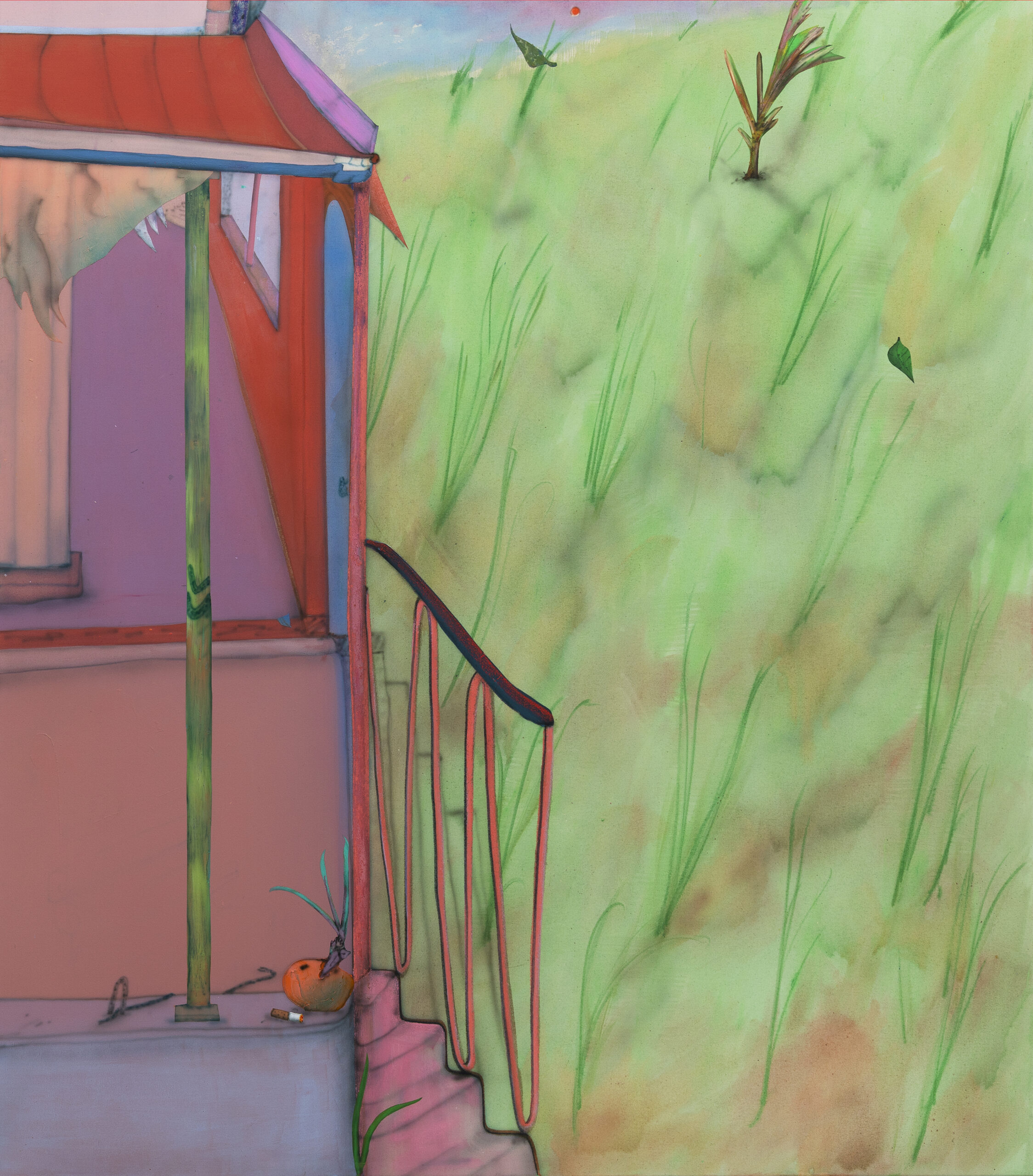Venues
Galerie Mark Müller

© (copyright), Courtesy of the artist and Mark Müller Gallery
“We do not see what we see, but what we are,” Fernando Pessoa writes in his Book
of Unrest. Do we not see reality, but what we remember and what we feel? Do we
see or remember the same night? Or the same blue? By shifting and balancing on
this line of demarcation, Treiber advances a condition that first makes the
visualization of these feelings possible and thus assigns the painting a serious role
as our vis-à-vis. Especially when paintings are viewed in a purely motivic way, and
what can be seen is compared with what is known, this can result in a
misunderstanding. Art creates its own rules, fabricates its own reality and in so
doing can stretch beyond the reality we know, complementing it or contrasting
against it. Treiber derives from this a legitimation to make decisions in his paintings
formally and not narratively. In so doing, he provokes a conscious break, thus
declaring what is supposedly false as the very quality of painting, with the effect
that his works somehow might seem not quite right, but are just right.
Frederike Ebert,
Zürich